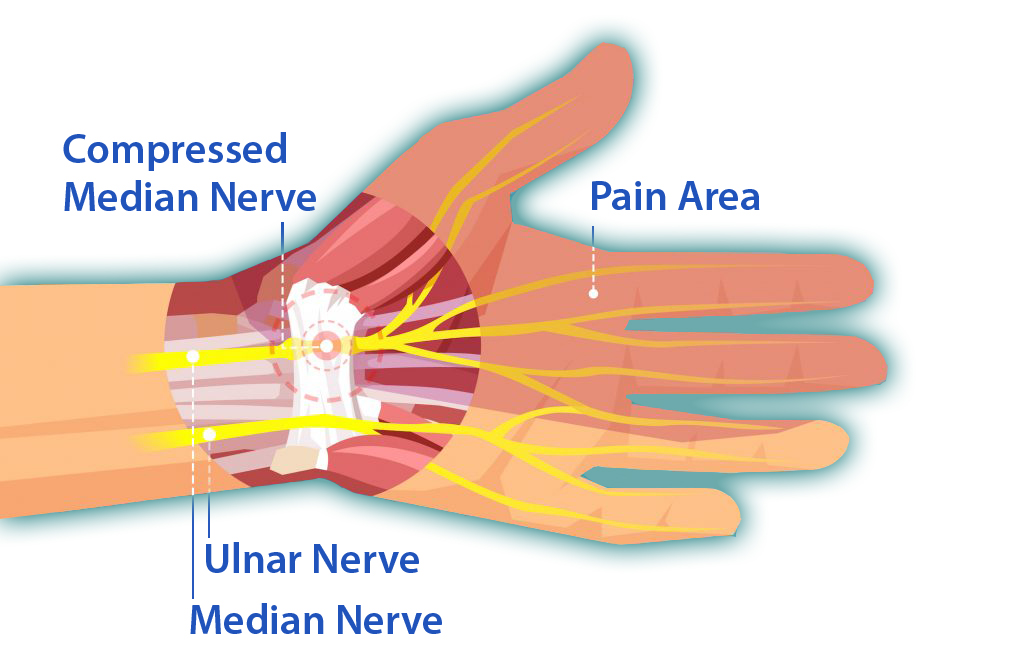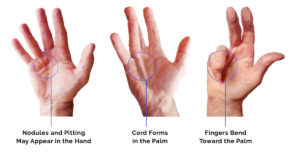This is how the AI article summary could look. Lorem ipsum dolor sit amet, consectetur adipiscing elit, sed do eiusmod tempor incididunt ut labore et dolore magna aliqua. Ut enim ad minim veniam, quis nostrud exercitation ullamco laboris nisi ut aliquip ex ea commodo consequat.
10 Common Hand Conditions – When to Worry and When to See a Doctor

Here are 10 common hand conditions, when to worry, and when to see a doctor.
- Carpal Tunnel Syndrome (CTS): Numbness, tingling, and pain in the hand and fingers, especially at night. It is a condition that occurs when the median nerve, which travels through the wrist and into the hand, is compressed.
- When to worry: Persistent symptoms or weakness in the hand.
- When to see a doctor: If symptoms persist or worsen over time. Surgery may be required.

- Trigger Finger: Finger gets stuck in a bent position and then suddenly straightens with a snap.
- When to worry: Difficulty straightening or bending the finger.
- When to see a doctor: If the finger gets stuck frequently or doesn’t respond to self-care. Surgery may be required.
- Ganglion Cysts: Lumps or cysts on the wrist or hand, often painless.
- When to worry: Pain, tenderness, or limited mobility.
- When to see a doctor: If the cyst is painful, grows, or affects hand function. Surgery may be required.
- Dupuytren’s Contracture: Thickening of tissue under the skin, causing fingers to bend towards the palm.
- When to worry: Difficulty straightening fingers or performing daily activities.
- When to see a doctor: If the condition affects hand function or daily life. Surgery may be required.

- Osteoarthritis (OA): Joint pain, stiffness, and swelling in the hands.
- When to worry: Persistent pain, stiffness, or deformity.
- When to see a doctor: If symptoms persist or worsen over time.
- Rheumatoid arthritis (RA): An autoimmune disorder where the immune system mistakenly attacks the body’s joints. In the hands, RA primarily affects the small joints, leading to inflammation, pain, and potential deformities over time.
- When to worry: Severe pain, deformity, or inability to move fingers.
- When to see a doctor: If symptoms persist or worsen over time. Treatment ranges from pain relievers to immunosuppressive drugs that slow the condition’s progression. Severe cases might benefit from surgery to repair or replace damaged joints.
- Tendinitis: Pain, swelling, and stiffness in the tendons, often due to repetitive strain.
- When to worry: Persistent pain or limited mobility.
- When to see a doctor: If symptoms persist or worsen over time.
- Raynaud’s Phenomenon: Fingers change colour (white, blue, or red) in response to cold or stress.
- When to worry: Frequent or severe episodes.
- When to see a doctor: If episodes are frequent, severe, or affect daily life.
- Infections (Paronychia): Redness, swelling, and pus around the fingernail.
- When to worry: Increasing pain, redness, or swelling.
- When to see a doctor: If symptoms persist or worsen over time. Surgical drainage may be required.
- De Quervain’s Tenosynovitis: Pain and swelling on the thumb side of the wrist.
- When to worry: Persistent pain or limited mobility.
- When to see a doctor: If symptoms persist or worsen over time.
General Guidance with Hand Conditions
In general, if you experience any of the following, seek medical attention:
- Severe pain or swelling
- Open wounds or signs of infection (redness, swelling, pus)
- Deformity or limited mobility
- Persistent or worsening symptoms
- Fever or chills.
Early diagnosis and treatment can help alleviate symptoms and prevent long-term damage.
Other resource


